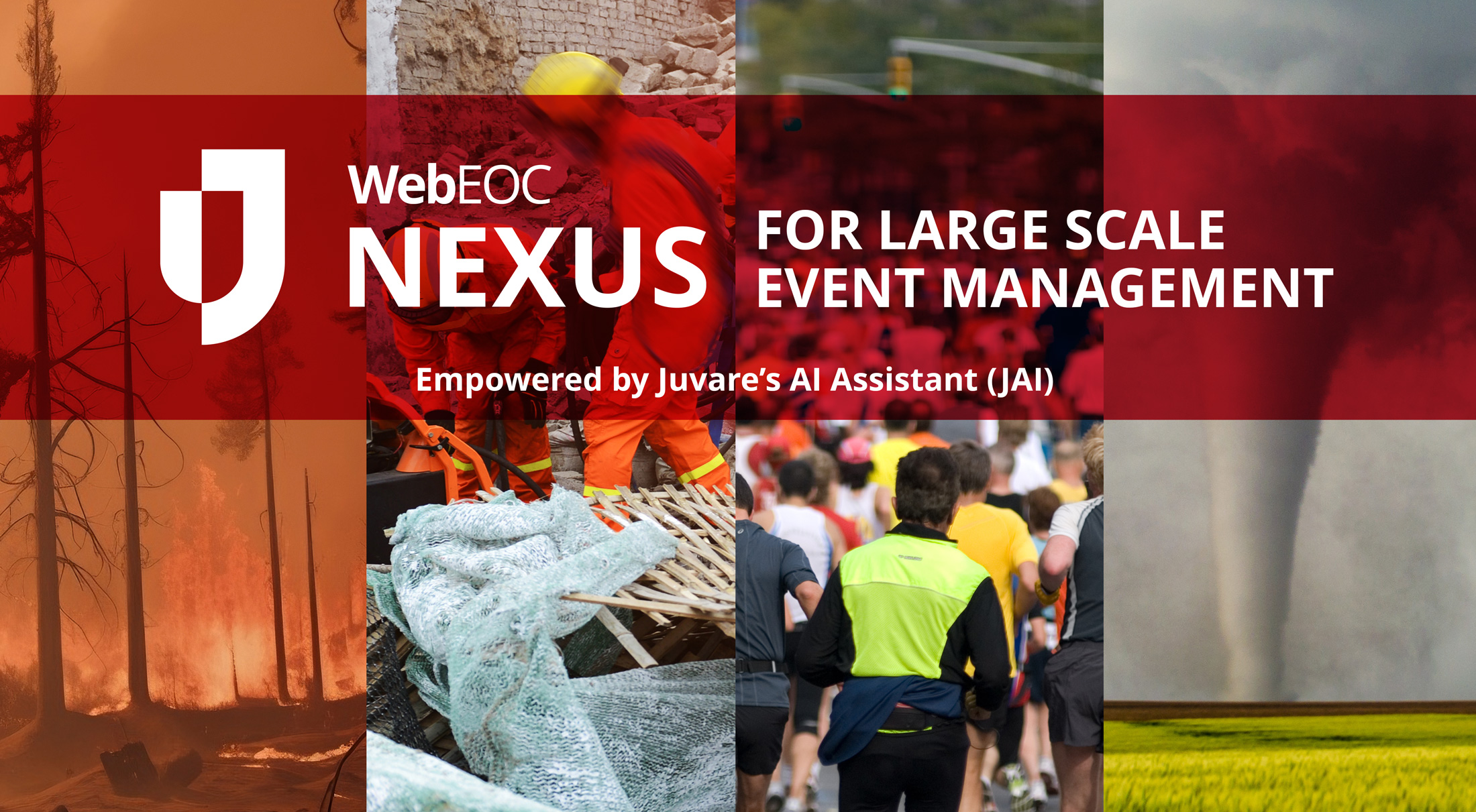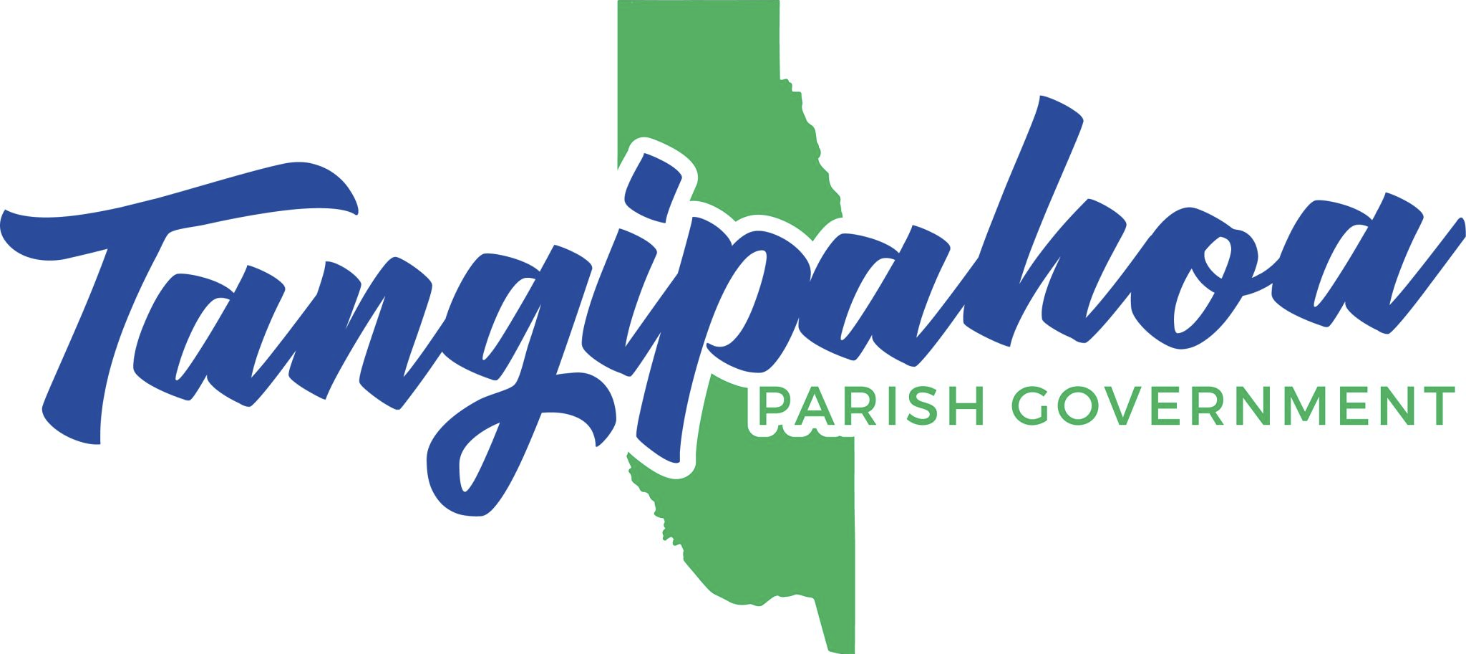The increasing frequency and complexity of disasters—both natural and man-made—have placed immense pressure on crisis management teams. Responders must make quick, informed decisions to mitigate damage and coordinate resources efficiently. However, traditional emergency management systems often struggle with data overload, fragmented communication, and logistical challenges.
Artificial Intelligence (AI) is emerging as a game-changer in crisis management, offering innovative tools to enhance decision-making, optimize resource allocation, and improve response coordination. By leveraging real-time analytics, automation, and predictive modeling, AI is transforming how emergency managers plan for and respond to crises.
AI Applications in Crisis Management
AI-driven solutions are reshaping emergency operations in several key areas:
- Real-Time Impact Assessments
One of the biggest challenges in disaster response is determining the scope and severity of an event. AI-powered Geographic Information System (GIS) tools analyze satellite imagery, social media, and sensor data to generate immediate impact assessments.
These systems can:
- Identify damaged infrastructure (e.g., collapsed bridges, flooded streets) using image recognition technology.
- Process social media feeds to detect distress signals and map affected areas in real time.
- Monitor weather conditions and seismic activity to predict aftershocks, storm surges, or secondary hazards.
This rapid situational awareness ensures that emergency teams allocate resources where they are needed most, rather than relying on delayed or incomplete reports.
- Optimized Resource Deployment
AI enhances logistical coordination by ensuring the right resources are deployed efficiently. During an emergency, responders need to move personnel, medical supplies, and equipment to affected areas as quickly as possible. AI-driven logistics management platforms can:
- Predict supply chain disruptions and identify alternate delivery routes.
- Match skilled responders (e.g., paramedics, engineers) to crisis zones based on expertise, availability, and proximity.
- Dynamically adjust supply levels at hospitals and shelters based on real-time demand forecasting.
By optimizing deployment, AI minimizes response delays and prevents resource shortages in high-risk areas.
- Enhanced Learning and Training
AI-driven simulation platforms are revolutionizing disaster preparedness by providing realistic training environments. These systems use machine learning to create:
- Scenario-based training for first responders, allowing them to practice responses to floods, wildfires, and cyberattacks.
- Automated debriefings after drills, highlighting strengths and areas for improvement.
- AI-generated response recommendations, allowing agencies to improve strategies over time.
Through continuous learning, AI helps crisis response teams refine their skills and prepare for evolving threats.
- Crisis Communication & Misinformation Detection
During emergencies, misinformation can spread rapidly, leading to public confusion and unsafe behaviors. AI-powered tools can:
- Identify and flag false information circulating on social media and news platforms.
- Automatically generate and distribute verified emergency updates to responders and the public.
- Analyze communication trends to ensure critical warnings are reaching at-risk populations.
By enhancing communication efforts, AI helps ensure accurate and timely information sharing, reducing panic and improving overall response efforts.
- Predictive Modeling for Disaster Preparedness
AI-powered predictive analytics allow emergency managers to anticipate and plan for disasters before they occur. These tools analyze historical data, climate patterns, and population trends to:
- Identify flood-prone regions and suggest mitigation strategies.
- Model potential wildfire spread patterns based on wind, temperature, and vegetation density.
- Forecast hospital capacity needs during disease outbreaks or mass casualty events.
By proactively identifying risks, AI helps governments and organizations develop stronger disaster preparedness plans that can save lives and reduce economic losses.
Juvare’s AI-Powered Innovation: JAI within WebEOC
At Juvare, we understand that AI is not just an emerging technology—it’s an essential tool for modern crisis management. That’s why we’ve integrated JAI (Juvare AI Assistant) directly into WebEOC, providing emergency managers with AI-powered insights and automation within the industry’s leading incident management platform.
JAI (Juvare AI Assistant): As an embedded AI assistant within WebEOC, JAI helps emergency managers streamline workflows, analyze vast amounts of data, and generate actionable recommendations in real time. This enables faster, more informed decision-making during crises.
WebEOC: A centralized, AI-enhanced incident management platform, WebEOC empowers emergency operations centers (EOCs) with real-time data analytics, automated reporting, and an intuitive common operating picture, ensuring a more coordinated and efficient response to emergencies.
By combining the power of AI-driven automation with proven emergency management technology, JAI within WebEOC helps organizations anticipate risks, optimize response efforts, and improve overall disaster preparedness.
Juvare’s AI-Powered Innovation: JAI within WebEOC
As AI technology continues to advance, its role in crisis management will become even more essential. From predicting disasters before they strike to optimizing real-time response efforts, AI is helping emergency managers operate smarter, faster, and more effectively.




















